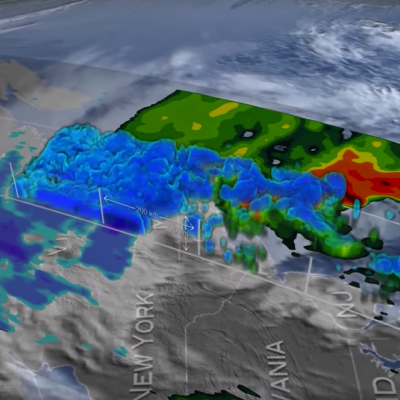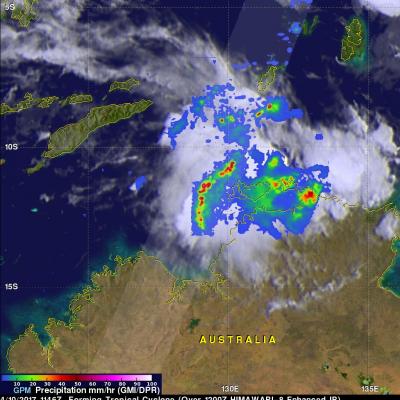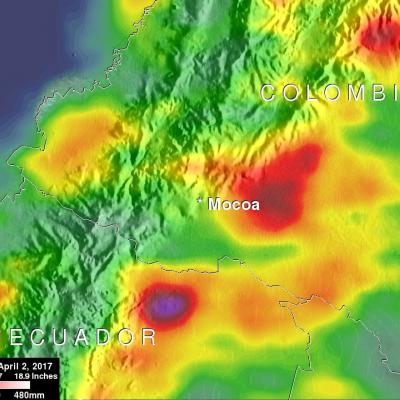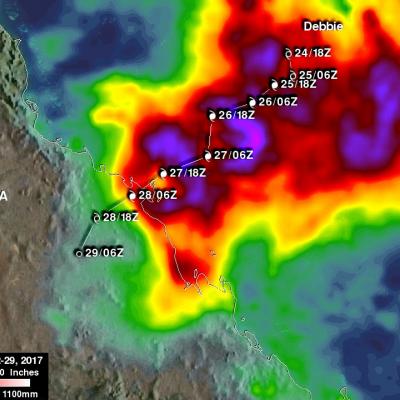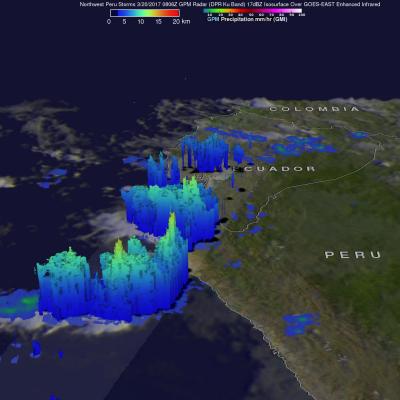Change in IMERG early 2/5/2017-3/12/2017
During the initial setup up for V04 IMERG, an error was made in the configuration for running the EARLY version of IMERG. This affected the V04A early data from Feb 5 - March 12, 2017. This error caused the early and the late products to be identical. Given that the LATE product is the more accurate product this might not be an issue for many users. However, users who need a consistent approach in the early data will need to download IMERG early Feb 5-March 12, 2017 again. On April 12, 2017 at about 16:55 UTC Feb 5-Feb 28, 2017 files have been rerun and are available from their usual location



